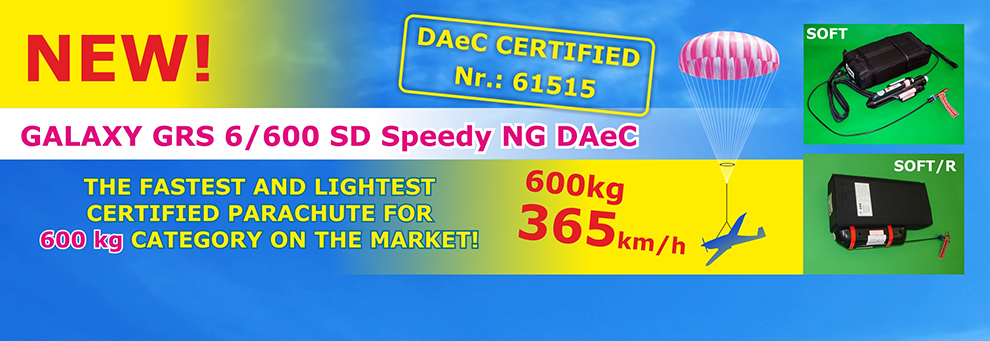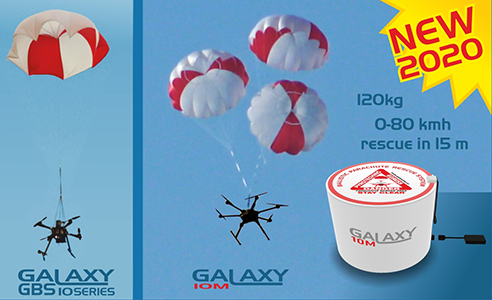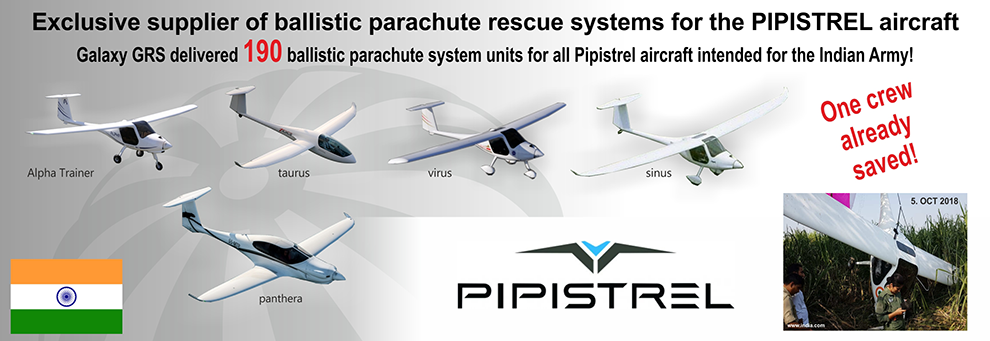Ultralight II.WW fighters from our hangar.
The Yakovlev Yak-3
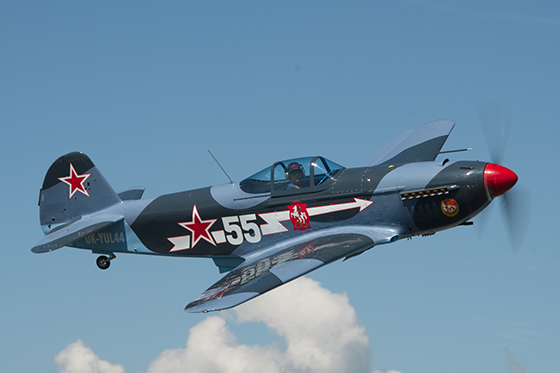
A6M Zero
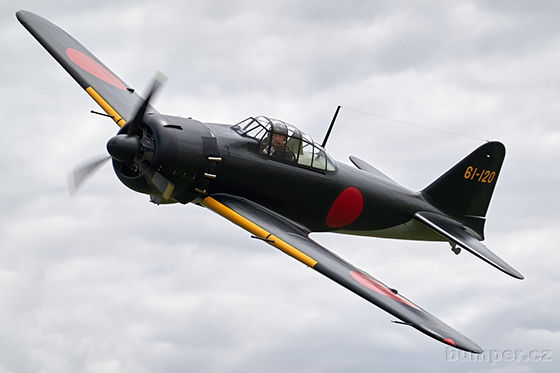
History
The Yakovlev Yak-3 (Russian: Яковлев Як-3) was a single-engine, single-seat World War II Soviet fighter. Robust and easy to maintain, it was much liked by both pilots and ground crew. One of the smallest and lightest combat fighters fielded by any combatant during the war, its high power-to-weight ratio gave it excellent performance and it proved to be a formidable dogfighter.
The origins of the Yak-3 went back to 1941 when the I-30 prototype was offered along with the I-26 (Yak-1) as an alternative design. The I-30, powered by a Klimov M-105P engine, was of all-metal construction, using a wing with dihedral on the outer panels. Like the early Yak-1, it had a 20 mm (0.79 in) ShVAK cannon firing through the hollow-driveshaft nose spinner as a motornaya pushka (моторная пушка - Literally: 'Motor Cannon'), twin 7.62 mm (0.300 in) synchronized ShKAS machine guns in cowling mounts and a ShVAK cannon in each wing.
During the Battle of Stalingrad, Luftwaffe fighters exhibited significant speed, climb rate, and armament advantages over those of the VVS. The Yak-1 then in service was understood to be in urgent need of a modernization were it to fight on equal footing against the latest models of German fighters, as well as better energy retention and higher firepower.
Continue on wikipedia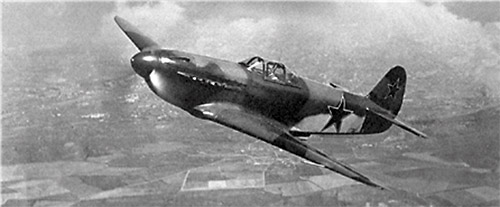
One of the most famous photos of the Yak-3 fighter
The Mitsubishi A6M "Zero" is a long-range carrier-based fighter aircraft formerly manufactured by Mitsubishi Aircraft Company, a part of Mitsubishi Heavy Industries, and was operated by the Imperial Japanese Navy from 1940 to 1945. The A6M was designated as the Mitsubishi Navy Type 0 carrier fighter (零式艦上戦闘機, rei-shiki-kanjō-sentōki), or the Mitsubishi A6M Rei-sen. The A6M was usually referred to by its pilots as the Reisen (零戦, zero fighter), "0" being the last digit of the imperial year 2600 (1940) when it entered service with the Imperial Navy. The official Allied reporting name was "Zeke", although the name "Zero" (from Type 0) was used colloquially as well.
Continue on wikipedia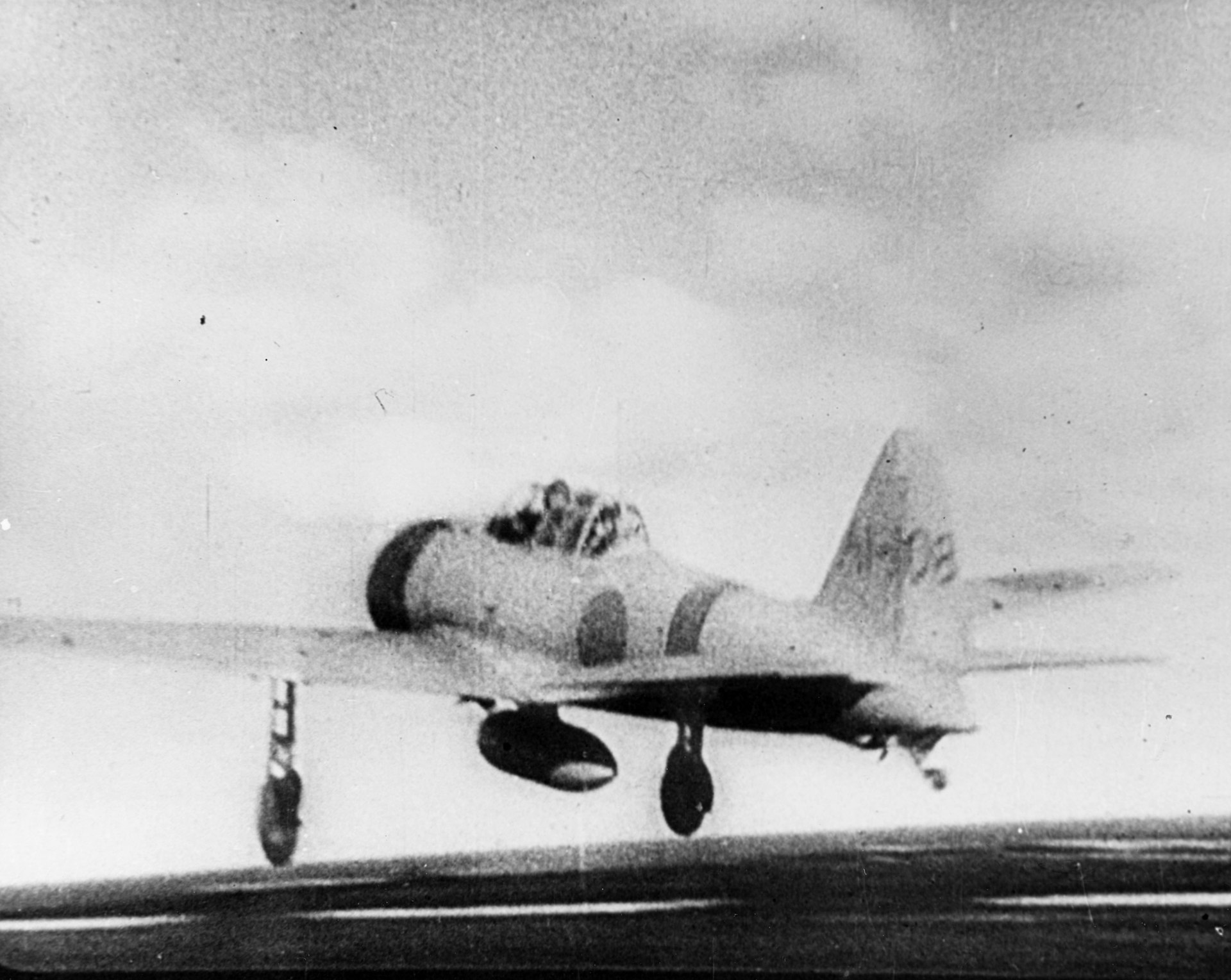
Zero Model 21 takes off from the aircraft carrier Akagi, to attack Pearl Harbor.
| Technical Data | Yak - 3 | |
| Original | 82% Replica | |
| Aircraft Engine | Klimov VK-105 | Rotax 915 iS |
| Engine power | 960 kW / 1290 k | 105 kW / 141 k |
| Propeller | three-bladed, of constant r.p.m., dia. 3.0 mVish-105SV-01 | MT Propeller, hydraulically adjustable for constant r.p.m., dia. 2.05 m |
| Maximum take-off weight | 2692 kg | 600 kg |
| Wing area | 14,85 m2 | 10,7 m2 |
| Aeral loading | 185 kg/m2 | 56,1 kg/m2 |
| Wing-span | 9,2 m | 7,81 m |
| Length | 8,5 m | 6,96 m |
| Wing profile | Clark YH 14% at the wing root Clark YH 10% at the wing end |
Clark YH 13.7% at the wing root Clark 9% at the wing end |
| Uplift | 6,5° | 6,5° |
| Geometric distortion | -- | -2° |
| Falling speed | 160Km/h | 83 km/h |
| Approach speed | 200 Km/h | 115 - 130 km/h |
| Fuel tank volume | 350 L 4x tank | 70 L 2 x tank |
| Speed near the ground | 650 km cca 60min | 250 km + 2 x10L reserva |
| Speed near the ground Speed in 1000 m TAS Speed in 3100 m TAS Never-exceed speed Take-off speed |
567 Km/h 594 Km/h TAS 655 Km/h TAS 685 Km/h 175 Km/h |
255 Km/h 270 Km/h TAS 301 Km/h TAS 360 Km/h 85-90 Km/h |
| Consumption - travel mode | 180-200 l/hour | 15-22 l/h |
| Armament | 1 x 20mm Švak 120 rounds 2x 12,7 USB over engine |
Humbuk cannon Kraken 60 rounds |
| YAK 3T armament | Cannon37mm under eng. | Accord. to 37mm cannon |
| Technical Data | Mitsubishi A6M5 Zero Model 52 | |
| Original | 82% Replika | |
| Aircraft Engine | Nakajima NK1F Sakae 21 | Verner Scarlett 9s |
| Engine power | 843 kW / 1130 k | 116 kW / 158 k |
| Propeller | Sumitomo, three-bladed, of constant r.p.m, dia. 3,05 m | Woodcomp, electrically adjustable, dia. 2,05 m |
| Maximum take-off weight | 2733 kg | 600 kg |
| Wing area | 21,3 m2 | 12,67 m2 |
| Aeral loading | 128,3 kg/m2 | 47,35 kg/m2 |
| Wing-span | 11 m | 8,8 m |
| Length | 9,12 m | 7,08 m |
| Wing profile | --- | NACA 23015 at the wing root NACA 23012 at the wing end |
| Uplift | 5° | 5° |
| Geometric distortion | --- | -1,5° |
| Falling speed | 110Km/hod. | 85 km/h |
| Approach speed | --- | 115 - 130 km/h |
| Fuel tank volume | 540 L let. + 330 L tank | 120 L aircraft |
| Speed near the ground | 2170 km (370 km/h) | 480 km (160km/h) |
| Speed maximal (vNE) Travel speed Speed in 6000 m Take-off speed |
659 Km/hod. 370 Km/hod. TAS 564 Km/hod. TAS --- |
300 Km/hod. 180 Km/hod. TAS --- 85-90 Km/hod. |
| Consumption - travel mode | 95-110 l/hod. | 25-35 l/hod. |
| Armament | 2x 7,7 Type 97 2x 20 Type 99 |
2x cannon Humbuk 36 rounds Kraken |
How was the YAK-3 replica created?
You can find an article about the origin of the replica click here.
Saburo Sakai
(坂井 三郎, Sakai Saburō, 25 August 1916 – 22 September 2000) was a Japanese naval aviator and flying ace ("Gekitsui-O", 撃墜王) of the Imperial Japanese Navy during World War II. Sakai had 28–64 aerial victories, including shared ones, according to official Japanese records,[1] but his autobiography, Samurai!, which was co-written by Martin Caidin and Fred Saito, claims 64 aerial victories. click here.








